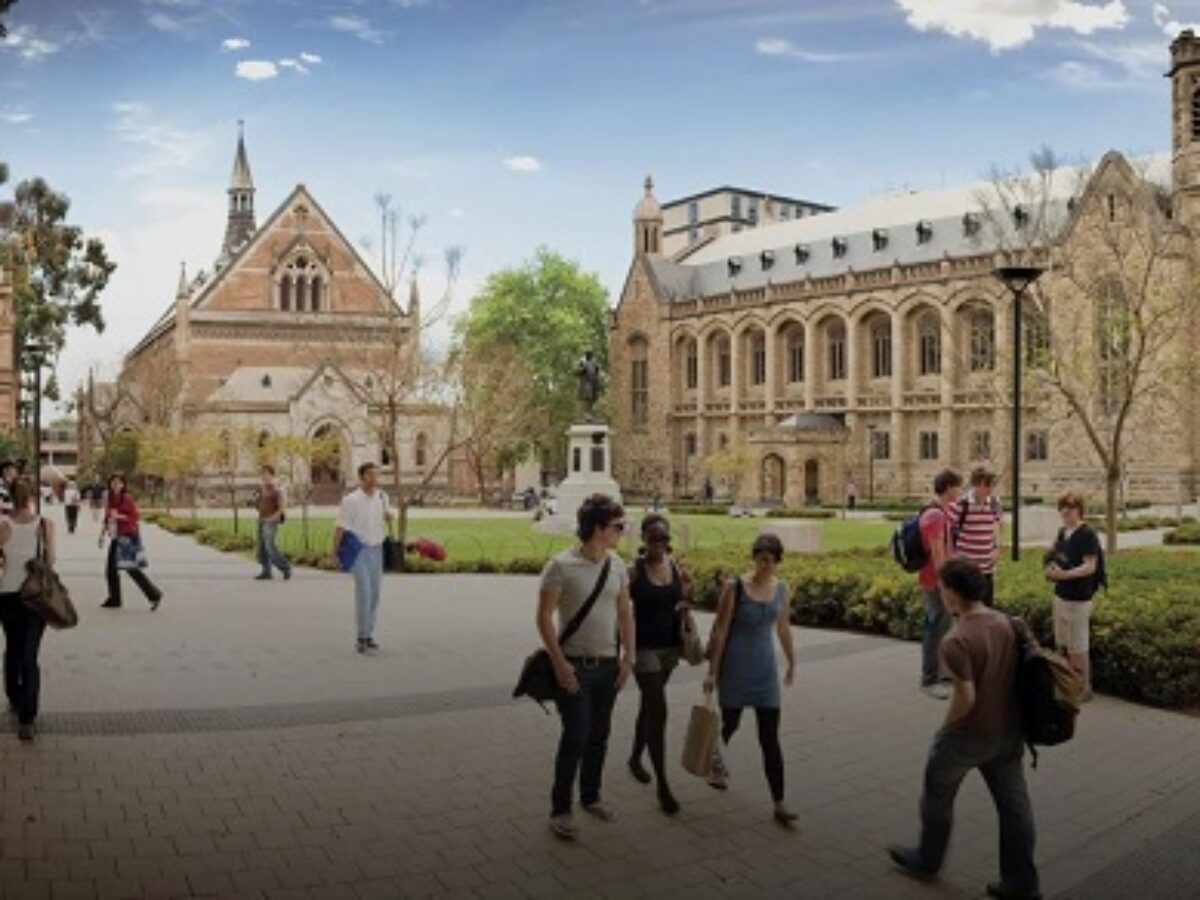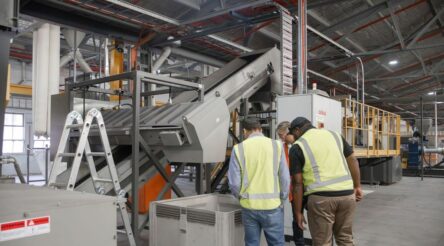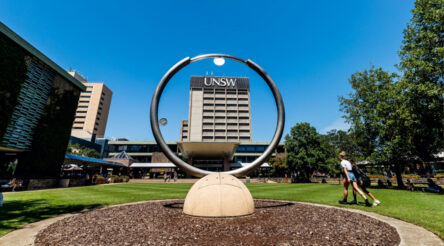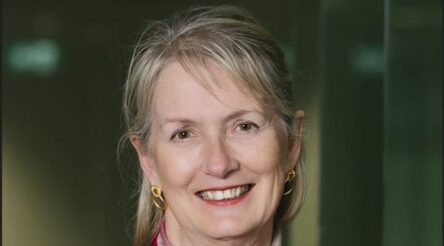Adelaide universities to merge
The University of Adelaide and the University of South Australia are to merge to form a single university which will be Australia’s biggest when measured by the number of Australian students being educated. The new entity, to be known as Adelaide University will combine two campuses which adjoin each other in the city, as well as academic staff. The fact that Adelaide has no university in the world’s top 100 is part of the reason for the move. The state government announced the establishment of a university merger commission, while the universities will now conduct due diligence and feasibility study on the state’s plans. Adelaide’s third University, Flinders University declined to take part in the merger.
Vaccine technology company Sementis, DMTC to start 12-month project
Australian biotech company Sementis is engaging with Health Security Systems Australia — a division of DMTC — and Australian universities to adapt its vaccine manufacturing technology. An initial 12-month collaboration will draw on the company’s long-standing partnership with the University of South Australia, along with researchers from the Biomedicine Discovery Institute at Monash University and The Australian National University. Further work undertaken in molecular and cellular immunology will build on the existing proprietary vaccine delivery platform, the Sementis Copenhagen Vector (SCV). The project aims to enhance the SCV platform technology by undertaking further characterisation work to identify opportunities to leverage the unique properties of the technology, including its ability to express complex or multiple antigens. “Platform technologies, that can be rapidly adapted to target new and emerging disease threats, are critical components of Australia’s sovereign medical countermeasures capability,” said HSSA’s Medical Countermeasures Program Leader, Dr Julia Cianci.
Vast Solar Signs LOI for 13,500 sodium-ion batteries
Concentrated solar power (CSP) company Vast Solar, announced a letter of intent with sodium-ion battery maker Natron Energy on Friday to purchase up to 13,500 batteries for use on Vast Solar 2 (VS2) in Mount Isa. The 50 megawatt North West Queensland Hybrid Power Project combines solar photovoltaic system for daytime power generation, CSP thermal storage for nighttime supply, and large-scale batteries and gas engines for grid firming. The integrated hybrid generator will deliver uninterrupted power 24 hours a day, Vast said in a statement. It will follow VS1, Vast’s first utility-scale CSP project, currently being developed in Port Augusta, South Australia. Vast and Natron will make data collected during the Mount Isa project available to both companies while they also evaluate future projects.
G-111 amphibious aircraft arrives in Darwin
Amphibian Aerospace Industries (AAI) said on Thursday that it had achieved a key milestone in its plans to grow a manufacturing footprint in the Northern Territory, after a G-111 amphibious aircraft arrived in Darwin from Melbourne by truck this week. The 13-tonne plane will be housed in a hangar at Darwin International Airport, which AAI recently secured through a lease from Airport Development Group, ahead of the planned manufacture of Albatross G-111T by AAI. If successful, it would make the Territory Australia’s first manufacturer and exporter of the iconic aircraft, which can take off and touch down from land, snow, ice and water, and has not been made commercially in over six decades. The Bonney Court hangar will undergo refurbishments over the next three months to enable AAI to begin early works ahead of the development of an Aerospace Manufacturing Precinct in Darwin.
Expert panel finds Bradfield Scheme costs far outweigh its benefits
The Queensland government has released a report prepared by the expert Bradfield Regional Assessment and Development panel, alongside the government response to the report. The panel, led by Professor Ross Garnaut, conducted a year-long study into the Bradfield Scheme and concluded that such a scheme would not be feasible. Minister for water Glenn Butcher said the thorough investigation provided conclusive and sound explanations of why there are better options than the Bradfield scheme. “All the research shows there is not enough consistent water to support the Bradfield scheme, which was proposed more than 80 years ago,” said Butcher. “The independent panel found that the scheme’s costs far exceed benefits, so they recommended exploring better options for using water to contribute to regional development.” A previous CSIRO assessment of contemporary variations of the Bradfield Scheme concluded that the original Bradfield schemes and modern variants are not economically viable.
Imagion reports results of cancer detection trials
Imagion Biosystems has presented new data indicating that its MagSense breast cancer imaging system ‘could help’ to discriminate between potentially cancerous and normal nodes in the body. Previously the company has only reported that its non-radioactive system was well tolerated and posed no safety issues in human trials. The Imagion’s system uses weak magnetic fields to detect MagSense nanoparticles coated with tumour targeting antibodies that can be administered by intravenous injection. The Melbourne company’s latest results were presented at a symposium in San Antonio.
Anagenics acquires skincare business
Anti ageing skincare company Anagenics has purchased the business of USPA skincare as it continues to pursue its strategy of growth through acquisition. The Sydney company paid an ‘immaterial’ sum for the spa and skincare business which it has represented as professional channel distributor. Anagenics said the acquisition’s IP and direct to consumer assets would provide broader revenue and margin benefits to the company. Anagenics sells its own and licenced brands of health and beauty products in Australia and internationally.
Picture University of Adelaide











